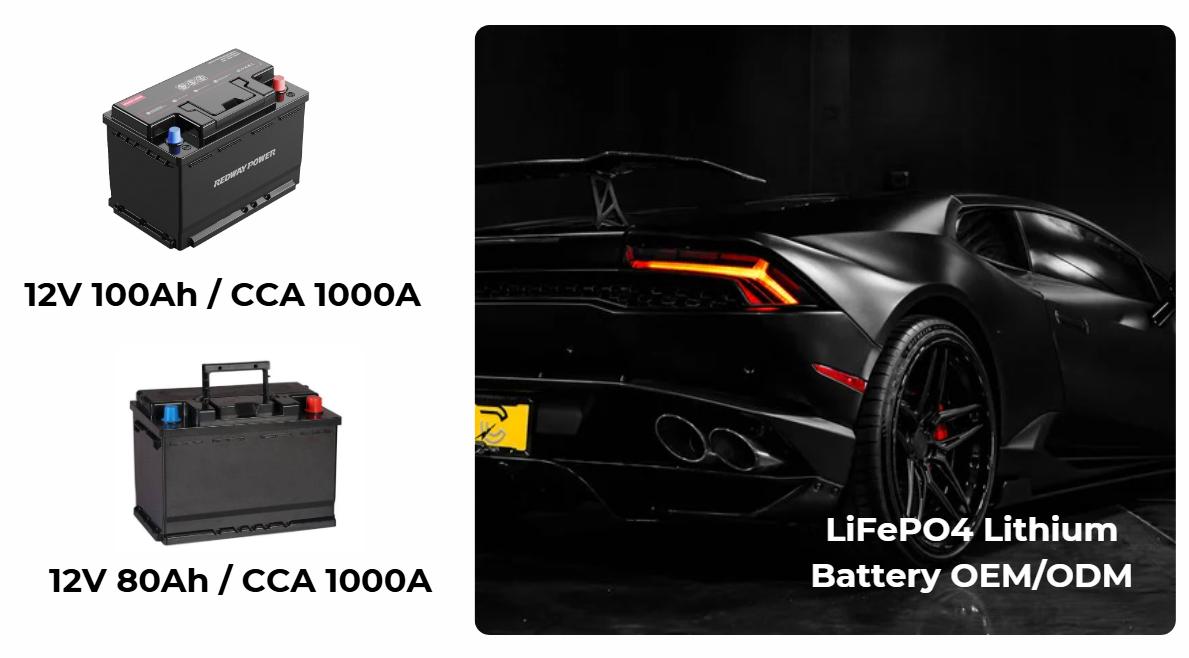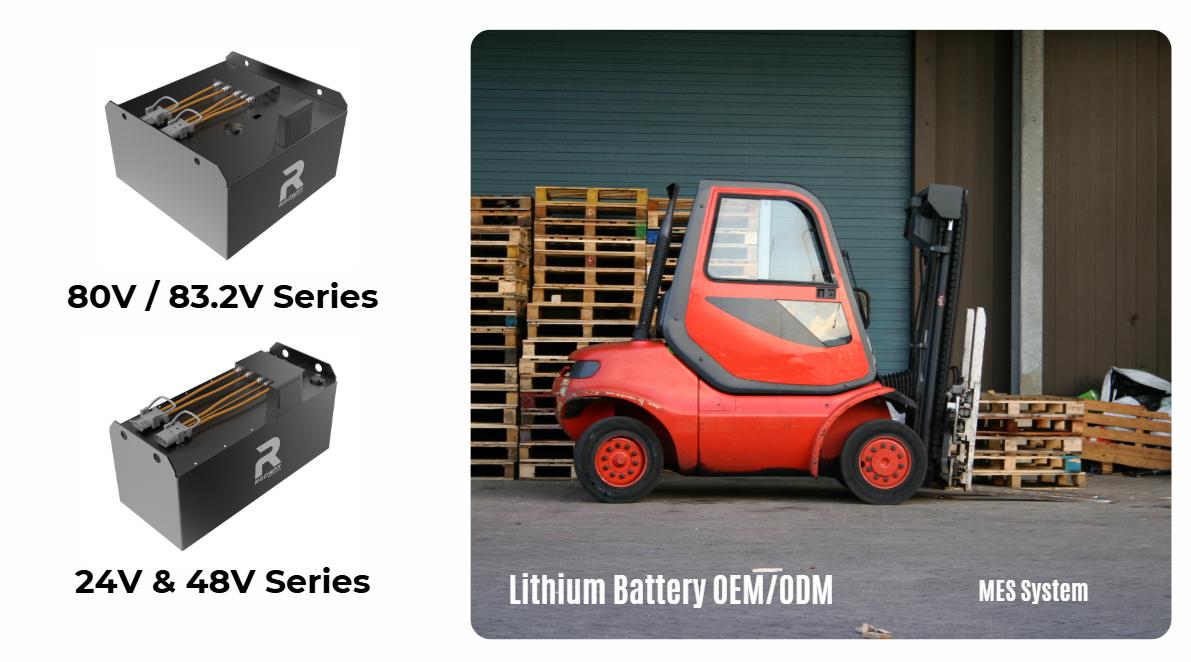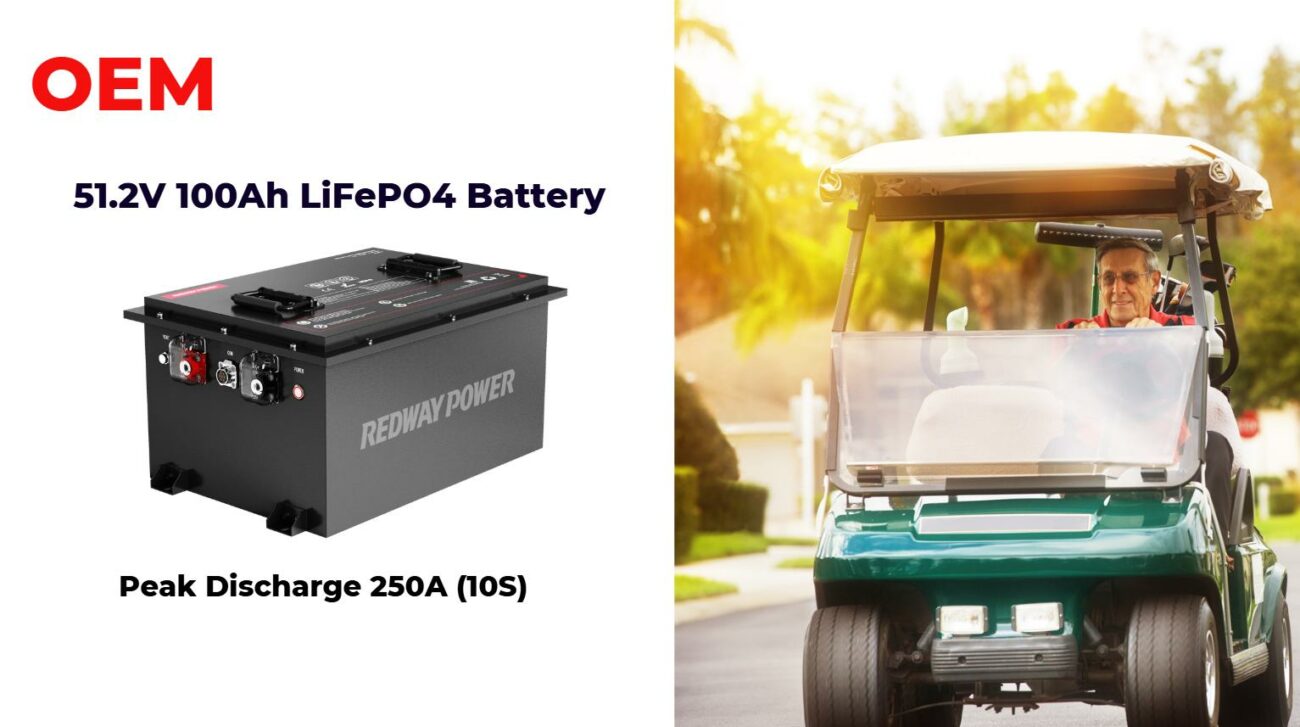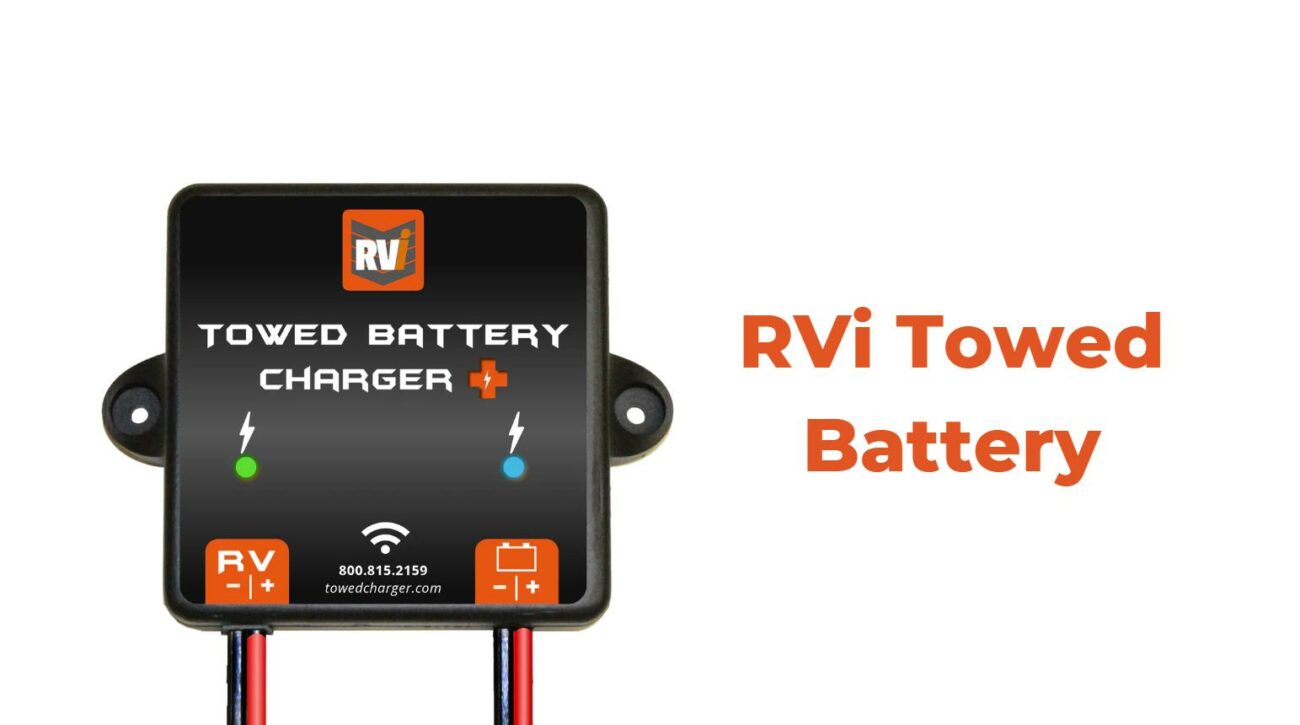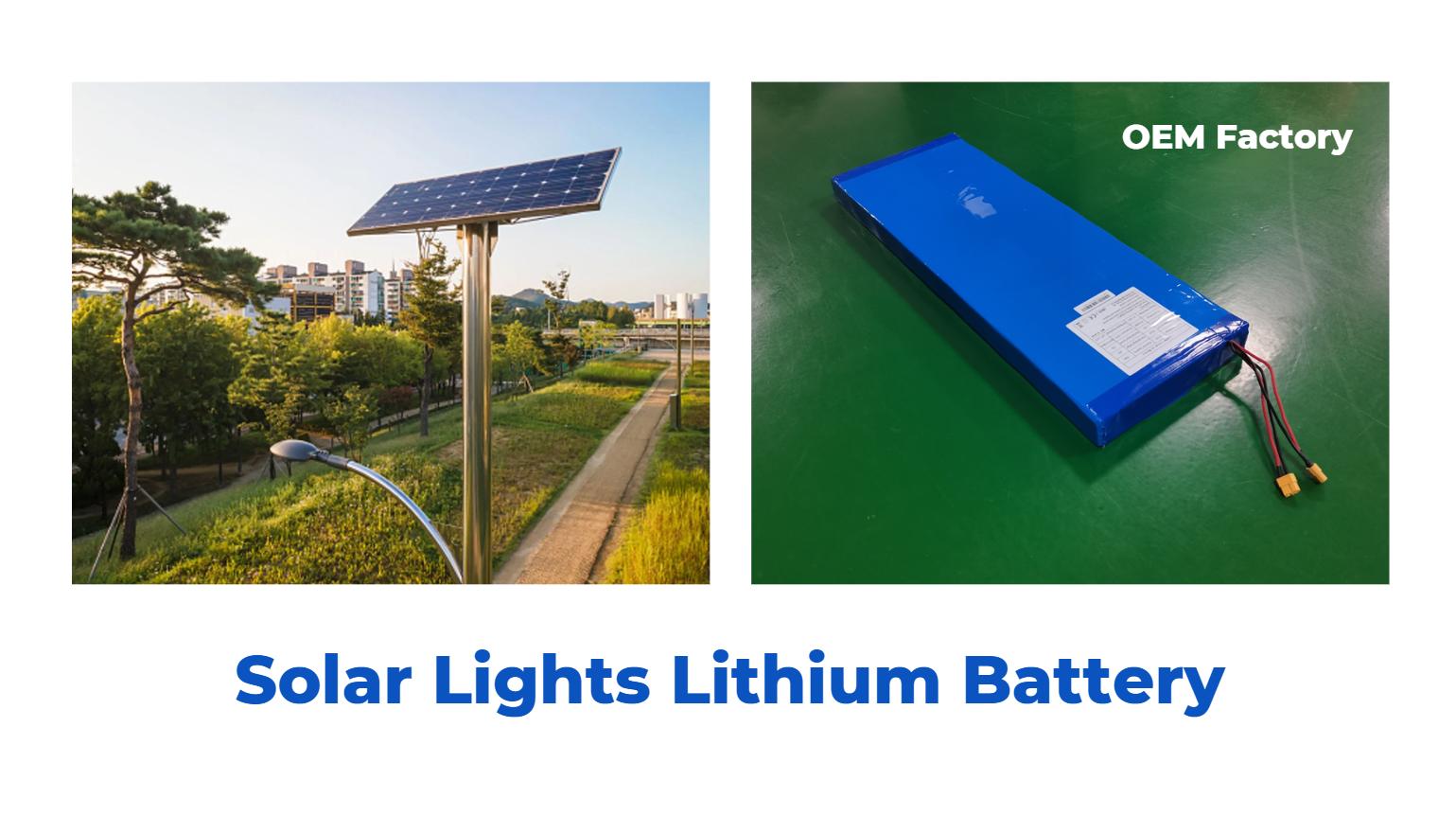
What Are the Disadvantages of Solar Panel Street Lights?
Solar panel street lights offer numerous advantages, such as energy efficiency and sustainability, but they also come with several disadvantages. Key drawbacks include high initial costs, dependency on weather conditions, potential maintenance issues, and limited brightness in certain environments.
What are the disadvantages of solar panel street lights?
Disadvantages of solar panel street lights include high initial costs, reliance on sunlight, and potential inefficiency in cloudy weather. Additionally, they may face issues like theft and vandalism, and their performance can be hindered by battery life and environmental factors. The main disadvantages of solar panel street lights include:
- High Initial Costs: The upfront investment for purchasing and installing solar street lights is significantly higher than traditional lighting systems.
- Weather Dependency: Their performance is heavily reliant on sunlight; prolonged cloudy or rainy periods can lead to inadequate charging.
- Maintenance Requirements: Although generally low-maintenance, they require regular cleaning and occasional battery replacements.
- Risk of Theft: Due to their higher value components, such as batteries and solar panels, these lights can be targets for theft.
Chart: Disadvantages of Solar Panel Street Lights
| Disadvantage | Description |
|---|---|
| High Initial Costs | Installation costs can be three times higher than traditional lights. |
| Weather Dependency | Performance drops during cloudy or rainy conditions. |
| Maintenance Requirements | Regular cleaning and battery replacement needed. |
| Risk of Theft | Higher value components make them susceptible to theft. |
How does the initial cost compare to traditional lighting?
The initial cost of solar panel street lights is generally higher than traditional lighting solutions. For example, solar street lights can cost around $3,000, while traditional lights may cost about $1,500. However, solar lights save on energy and maintenance costs over time.
Advantages & Disadvantages of Outdoor LED Solar Lights
Outdoor LED solar lights offer several advantages, including energy savings, eco-friendliness, and easy installation without electrical wiring. However, they depend on sunlight for charging, which can limit performance in cloudy weather. Additionally, their brightness may not match traditional lighting, and battery life can vary, requiring replacements every few years.
What maintenance issues are associated with solar street lights?
Maintenance issues for solar street lights include the need to regularly clean solar panels, check battery health, and ensure all components are functioning properly. Neglecting these tasks can lead to reduced efficiency and shorter lifespan. While solar panel street lights are designed for low maintenance, they still require some attention:
- Cleaning: Dust, debris, or snow accumulation on solar panels can reduce efficiency; regular cleaning is essential.
- Battery Replacement: Depending on the type used (typically NiMH or Li-ion), batteries may need replacement every 3 to 5 years.
- Component Wear: Other components like LED fixtures may also require replacement after several years.
Chart: Maintenance Needs for Solar Street Lights
| Maintenance Task | Frequency |
|---|---|
| Cleaning Solar Panels | Every few months |
| Battery Replacement | Every 3 to 5 years |
| LED Fixture Replacement | Typically every 5 to 10 years |
How does weather affect solar street light performance?
Weather significantly impacts solar street light performance; cloudy or rainy days can reduce sunlight absorption, leading to lower charging efficiency. Snow accumulation can also block panels, necessitating regular maintenance to ensure optimal functionality. Weather plays a critical role in the efficiency of solar panel street lights:
- Sunlight Availability: In regions with frequent overcast conditions or during winter months, charging may be insufficient, leading to dimmer lights or shorter operational hours.
- Temperature Effects: Extremely low temperatures can reduce battery efficiency and lifespan.
- Snow and Ice Accumulation: Snow covering panels can block sunlight entirely until removed.
Why is battery life a concern for solar panel systems?
Battery life is a concern because it directly affects the performance and reliability of solar panel systems. Aging or degraded batteries may not hold sufficient charge, resulting in dim lighting or outages during nighttime operation. Regular checks and timely replacements are essential. Battery life is a significant concern because:
- Replacement Costs: Batteries represent a recurring expense; poor-quality batteries may need replacing more frequently.
- Performance Reliability: Degraded batteries can lead to unreliable performance during nighttime hours or extended cloudy periods.
- Environmental Impact: Disposal of old batteries must be managed properly due to environmental regulations.
Expert Views
“While solar panel street lights present an eco-friendly alternative to traditional lighting, their disadvantages cannot be overlooked. The high initial costs and dependency on weather conditions require careful consideration when planning installations,” states Dr. John Richards, an expert in renewable energy technologies.
Frequently Asked Questions
- What are the disadvantages of solar panel street lights?
Disadvantages include high initial costs, weather dependency, maintenance requirements, and risk of theft. - How do installation costs compare to traditional lighting?
Solar panel installations typically cost significantly more than conventional systems. - What maintenance issues should I expect?
Regular cleaning and occasional battery replacements are necessary for optimal performance. - How does weather impact performance?
Insufficient sunlight during cloudy days can reduce charging efficiency and operational time. - Why is battery life important?
Battery longevity affects overall performance reliability and represents an ongoing cost for maintenance.

